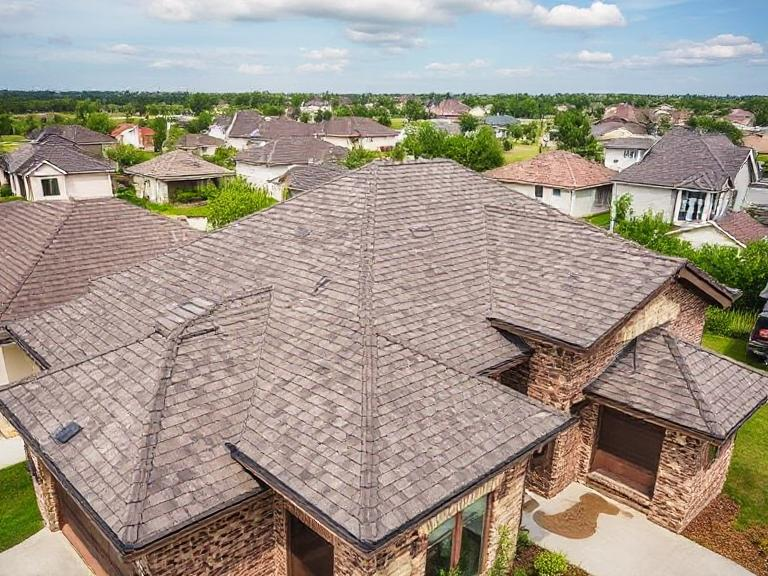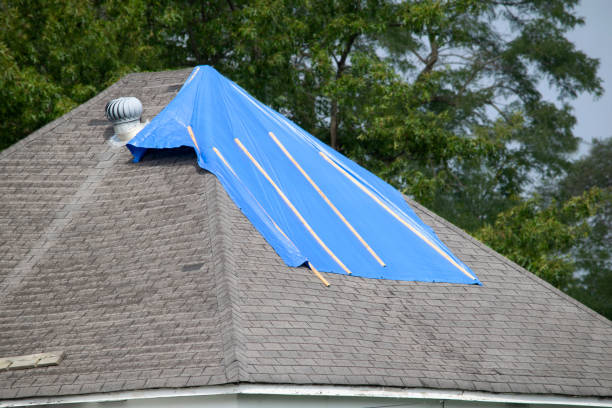
Insurance Insights: What Kind Of Roof Damage Is Covered By Insurance?
Introduction
When the clouds roll in and storms brew, the last thing any homeowner wants is to deal with roof damage. The aftermath of severe weather can leave you not only with a battered roof but also with the daunting task of filing roof damage claims to your insurance company. Navigating the ins and outs of these claims can be overwhelming, especially if you're unsure about what you’re covered for. This article will serve as your roadmap, providing essential insights into how to file roof damage claims effectively and understand what's included in your policy. So grab a cup of coffee and let’s dive deep into the world of insurance!
Understanding Roof Damage Claims
What Are Roof Damage Claims?
Roof damage claims are requests made by homeowners to their insurance companies for compensation due to damages sustained on their roofs. Whether it’s from hailstorms, hurricanes, or simple wear and tear over time, a well-documented claim can help mitigate repair costs.
Why Are Roof Damage Claims Important?
The importance of roof damage claims cannot be overstated. A damaged roof can lead to extensive interior damage if not addressed promptly. Furthermore, understanding how to file these claims correctly can save you thousands of dollars in repairs.
Common Causes of Roof Damage
Insurance Insights: A Guide to Filing Roof Damage Claims and Knowing What’s Covered
Filing a claim isn't as simple as just calling your insurer; there’s a process involved that requires preparation. Let’s walk through this step-by-step.

Step 1: Assessing the Damage
Before you even think about picking up the phone, it’s crucial first to assess the extent of the damage. Here’s how:
- Visual Inspection: Carefully inspect your roof for visible signs of damage.
- Photographic Evidence: Take clear pictures that document both close-up shots and wider angles showing context.
- Interior Checks: Look for leaks or stains on ceilings that could indicate roof problems.
Step 2: Reviewing Your Insurance Policy
Before filing a claim, familiarize yourself with your insurance policy details:
-
Coverage Types:
-
Replacement Cost Coverage: Covers full repair costs minus depreciation.
-
Actual Cash Value: Covers repair costs after depreciation is deducted.
-
Deductibles: Understand what deductible amounts apply before your coverage kicks in.

Step 3: Documenting Everything
Once you've assessed the damage and reviewed your policy, it's time to document everything meticulously:
- Create detailed notes about when and how the damage occurred.
- Keep records of all communications with contractors or inspectors.
Step 4: Contacting Your Insurance Company
Now comes the part where you reach out to your insurer:
- Use their dedicated claims hotline or online portal for faster processing.
- Be prepared with all documentation handy during your call or submission.
Step 5: The Adjuster Visit
After filing, an adjuster will likely be sent out by the insurance company:
- Be present during their visit and provide any additional information they might need.
- Make sure they have access to all areas that have sustained damage.
Step 6: Claim Settlement Process
After assessing the damages, you'll receive a settlement offer:
- Review this offer carefully; don’t hesitate to negotiate if you feel it's insufficient.
Understanding What’s Covered Under Your Policy
Knowing what's covered under your insurance policy is vital for successful claims:
Types of Coverage Commonly Found in Policies
- Most policies cover damages from windstorms and hail but check specifics regarding floods or earthquakes.
- In case of vandalism-related damages, coverage typically applies.
- Generally not covered; insurers expect homeowners to maintain their roofs adequately.
- Most homeowner policies cover fire-related damages unless stated otherwise.
- If improperly installed by a contractor, some policies may cover related damages; however, this varies greatly by provider.
Frequently Asked Questions (FAQs)
1. What should I do immediately after noticing roof damage?
You should first document everything—take photos and make notes—then contact your insurance company as soon as possible.
2. How long do I have to file a claim?
Typically, most insurers allow you anywhere from six months up to one year from the date of loss—check specific timelines in your policy!
3. Will my premium increase after filing a claim?
It's possible! However, this often depends on several factors including claim history and severity of previous incidents.
4. Can I choose my own contractor for repairs?
Yes! You have the right to choose whoever you prefer for repairs; just make sure they’re licensed and insured!
5. What if my claim is denied?
If denied initially, review reasons given carefully then consider appealing with additional evidence supporting your case.
6. Are there any exclusions I should know about?
Exclusions vary by policy but frequently include maintenance neglect or certain Click for info acts like flooding unless specifically covered by separate flood insurance.
Conclusion
Navigating through roof damage claims doesn’t have to be as daunting as it seems at first glance! By following these steps diligently and arming yourself with knowledge about what's covered under your policy—and what isn’t—you'll significantly enhance your chances for an approved claim! Remember always take thorough notes throughout this process because every detail counts when dealing with insurers! Now that you're equipped with these insights, go ahead confidently tackle those pesky roof issues head-on!

This guide has aimed at shedding light on insurance insights regarding filing roof damage claims while ensuring clarity around coverage specifics—all within an approachable format! If you find yourself facing stormy weather in life—or metaphorically speaking—a little preparation goes a long way!